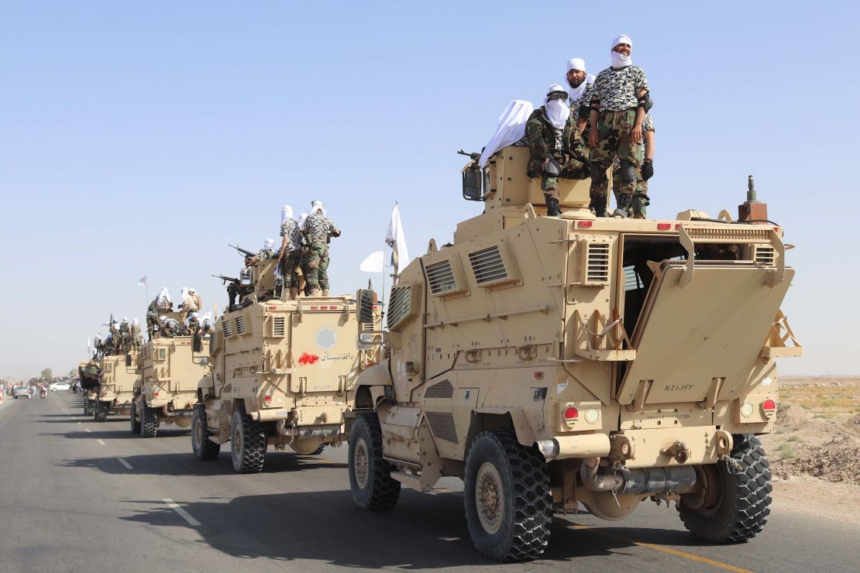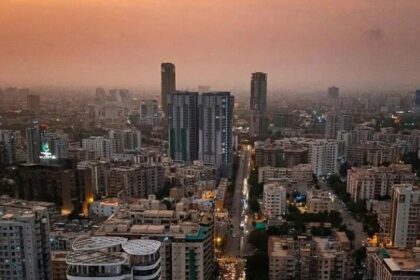RASC News Agency: Over the past three and a half years, internal divisions among various Taliban factions have deepened significantly, despite the group’s persistent claims of unity and cohesion. According to credible reports, Taliban leader Hibatullah Akhundzada has recently ordered the transfer of military weapons and equipment from Kabul to Kandahar, in what appears to be a direct response to escalating factional disputes. These transfers, sources confirm, have taken place covertly during the final nights of Ramadan, with multiple truck drivers along the Kabul-Ghazni route verifying the movement of heavily loaded military convoys.
The relocation of these assets coincides with intensifying tensions between the Kandahari and eastern (Mashriqi) Taliban factions. Sirajuddin Haqqani, the Taliban’s interior minister, who has been notably absent from public engagements for months, recently reappeared in a video circulating on social media, seen praying at a mosque in Kabul. Reports indicate he has also held a private meeting with Acting Minister for Refugees, Mawlawi Abdul Kabir an encounter believed to have exacerbated existing internal frictions. Sources suggest that the only glue holding the Taliban together is a shared fear of regime collapse. Nighttime arms transfers have become increasingly frequent, with eyewitnesses along the Kabul-to-Kandahar corridor reporting convoys transporting heavy and light weaponry, including Humvees. These developments point to a mounting internal crisis and raise questions about the Taliban’s long-term cohesion.
On Thursday, April 10, a powerful explosion rocked central Kandahar near the reported residence of Akhundzada. Footage from the scene shows shattered windows and substantial property damage. While the Taliban attributed the blast to a fire in a container storing outdated munitions claiming four of their fighters were injured security measures in Kandahar were swiftly ramped up, with new checkpoints established across the city. Conflicting narratives continue to emerge regarding the explosion, and verified information remains scarce. In the wake of the blast, the Ministry for Refugees and Repatriations reported that Abdul Kabir had convened talks with Sirajuddin Haqqani to discuss recent developments, including the repatriation of Afghanistani migrants from Pakistan. Notably, Haqqani had been absent from public view for over two months prior to the meeting.
Taliban spokesperson Zabihullah Mujahid has acknowledged the existence of disagreements among senior leaders, which, on occasion, have reached the public sphere. Haqqani has previously criticized the centralization of power under the Taliban leadership and warned that such autocratic tendencies could jeopardize the regime’s survival. Mujahid, in response, asserted that public criticism of Akhundzada constitutes not only a breach of party discipline but a direct affront to the leadership’s sanctity. Further ideological rifts within the Taliban have emerged over the issue of publishing images of living beings. While Taliban doctrine strictly prohibits such depictions, some leaders including Haqqani have publicly shared their own photographs in defiance of the group’s edicts. The Haqqani Network, led by Sirajuddin Haqqani, has claimed responsibility for dozens of suicide attacks over the past two decades, resulting in hundreds of deaths and injuries.






